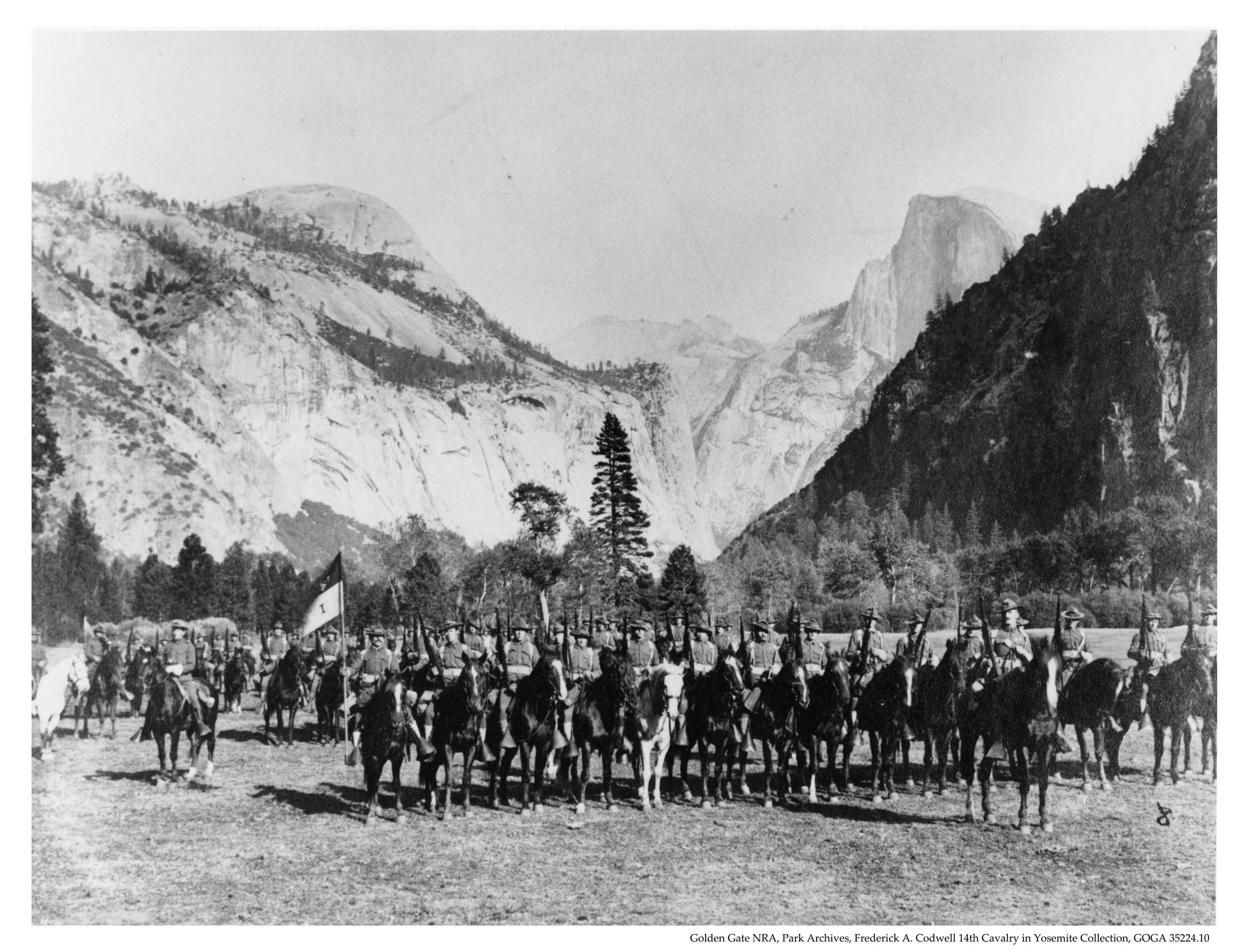Mar 1, 2023
Presidio and Yosemite National Park
In 1891, cavalrymen left the Presidio to protect national parks.On May 14, 1891 at 12:55 pm, 118 cavalrymen left the Presidio of San Francisco for the first time on a unique assignment – protecting the recently established Yosemite, Sequoia, and General Grant National Parks in California. While guarding public lands, making maps, and building roads had long been civil functions of the U.S. Army, keeping trespassers and careless visitors out of land preserved for its natural beauty was relatively new, the cavalry having only managed Yellowstone National Park since 1886.
For each one of the next 22 years, troops from the Presidio would spend several months in these parks, putting themselves in the middle of a clash between the traditional frontier values of private land acquisition which had built California, and the values of environmental conservation embodied in the creation of the parks. Without their work as our first park rangers in this public service mission, it’s very possible these parks might not exist today.
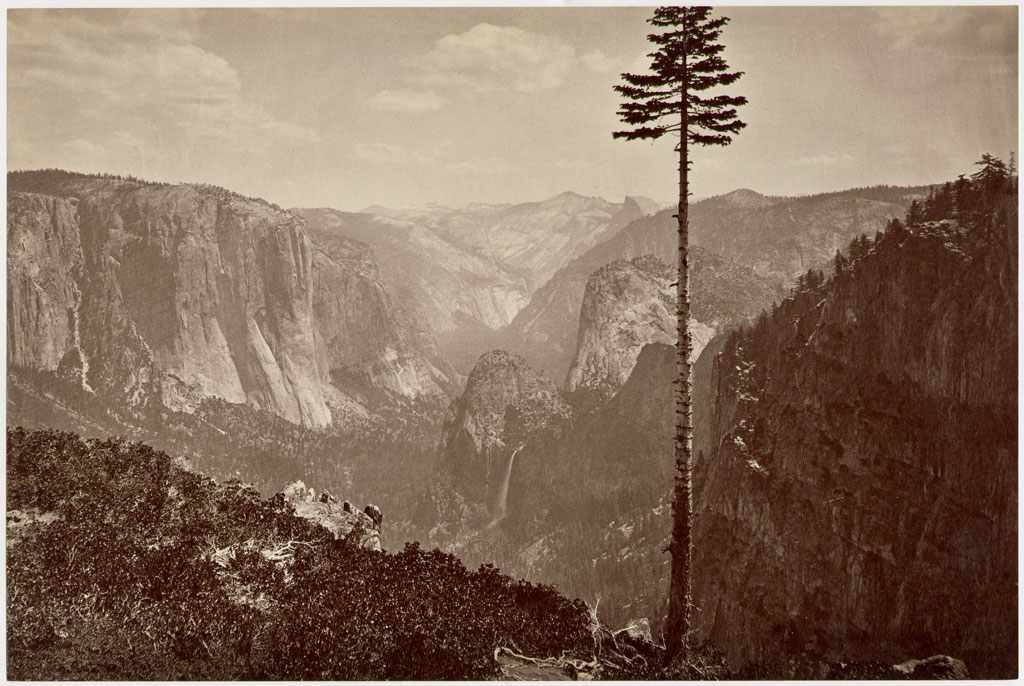
Headed for Yosemite was Troop I of the 4th Cavalry Regiment. On October 1, 1890, the federal government had established the 1,512 square mile Yosemite National Park in the Sierra high country surrounding the California state park in Yosemite Valley. The act creating the new national park stipulated that “all timber, mineral deposits, natural curiosities or wonders” be protected, but it did not provide the Interior Department with any resources to do so. Based on the Army’s success managing Yellowstone National Park, the secretary of the interior requested similar help with Yosemite. President Benjamin Harrison directed the Army to do so, even though at the time it was small – only 28,500 men – and was lacking resources itself.
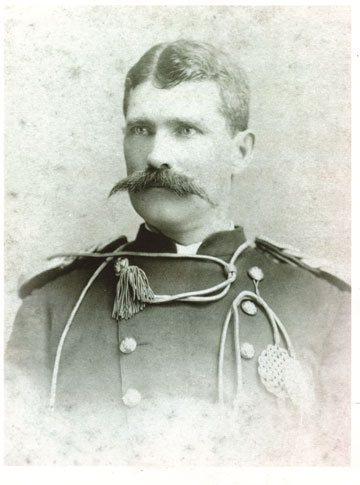
Commanding Troop I was Captain Abram E. “Jug” Wood, who became the first acting superintendent of the park. A veteran of the Civil War and career cavalryman, Wood took on the role with little direction from his superiors and unclear enforcement authority over trespassers. He had to rely on his army experience and his creativity to determine how best to protect the park and its resources.
The task was no small one. Yosemite’s boundaries were unclear. Wood and his men had to determine not just which lands the park encompassed but who could or couldn’t enter the park. In addition, the park was in danger of being poached and trampled by the growing crowds of tourists who were coming for its beauty and grandeur.
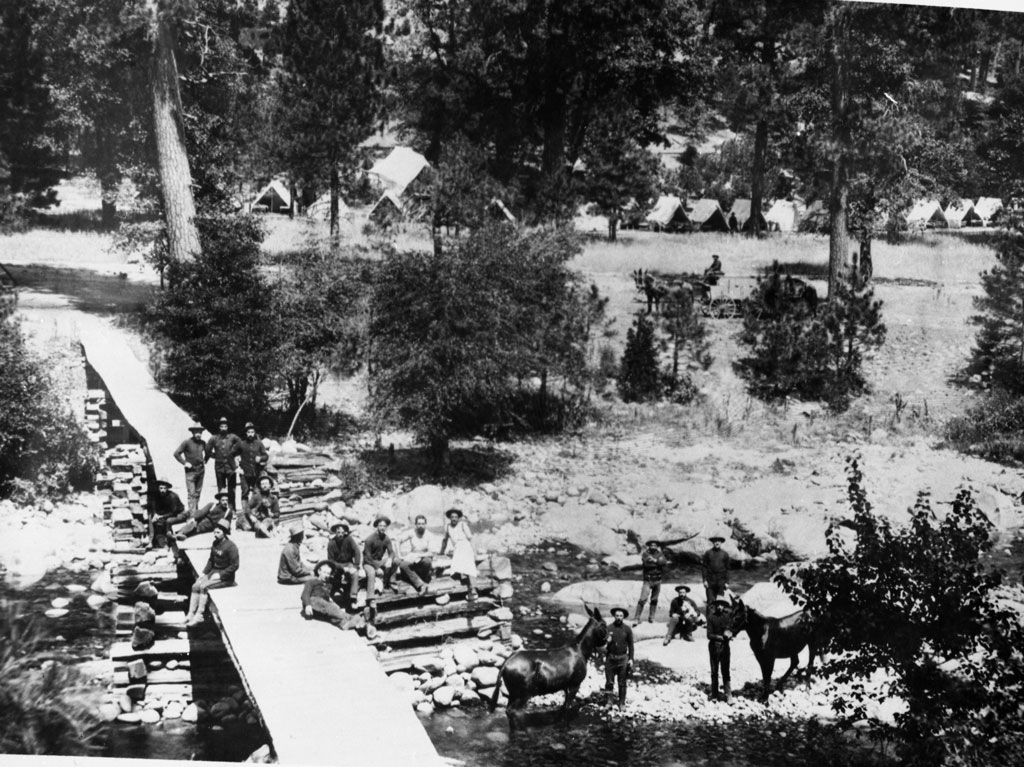
Troop I set up camp near Wawona, a site that is today known as the “A.E. Wood Campsite.” The greatest problem Wood faced was keeping out the sheep herders who had been bringing their flocks to graze in the mountainous meadows for decades. They also had to control the cattlemen, timber speculators, miners, and hunters who were accustomed to using the land. Shortly after arriving, Wood communicated to locals that those who owned land within the park could continue to graze it, but for all others: “This Yosemite Park is to be a Park throughout all time – it is not a temporary arrangement. . . . It would be better if the citizens living near the Park would make arrangements to conform to the new conditions of things.”
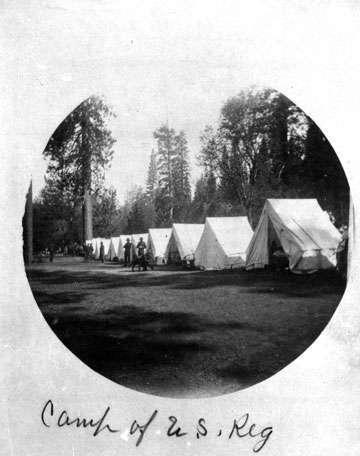
Learning from the Interior Department that he could at least evict trespassers, he sent his men patrolling the area on horseback, traveling for long distances over its rocky trails and steep inclines to do so. To aid their patrols, Wood began a project of mapping and trailblazing that the Army would continue for years. Many of these trails remain important today. In 1893, Wood added the tactic of expelling shepherds from one part of the park and their flocks from another. Herders became discouraged as they often lost many sheep to predators before they could catch up with their herds.
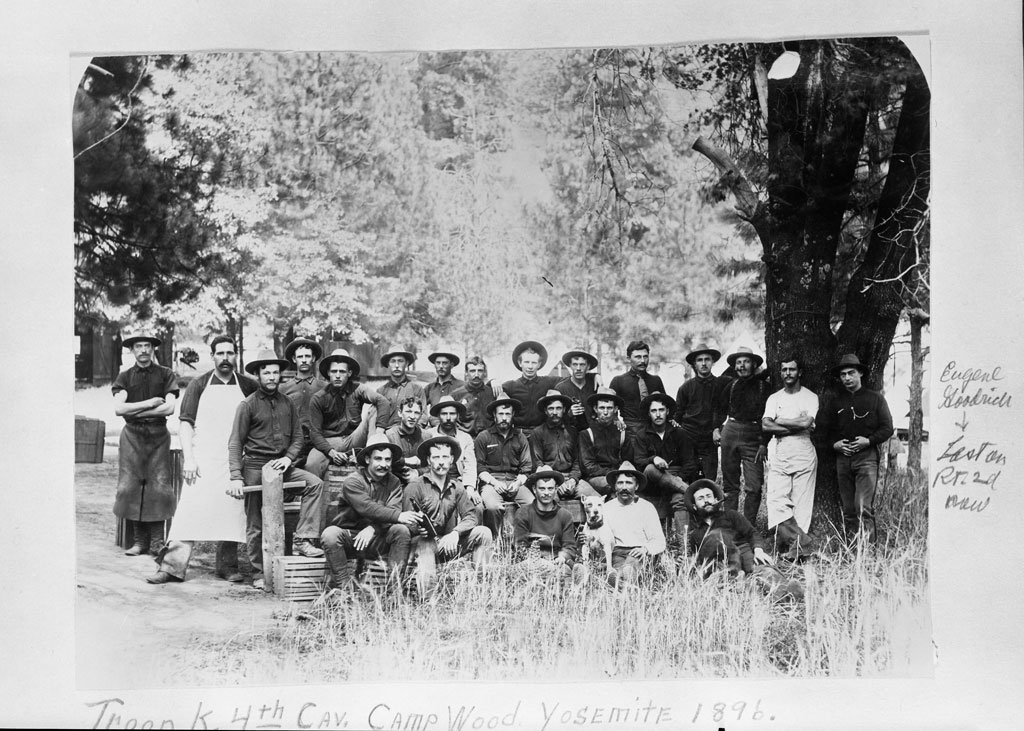
The idea that Yosemite could be set aside from commercial development was attacked in California, especially from those living near the park. Patrols and rules were not enough – Wood had to be a diplomat as well as a soldier. He educated local residents about conservation and the park idea. As he wrote to the interior secretary in 1891: “I have tried, with some success, to impress the public mind with the fact that this Park was set apart, by the Congress, for the purpose of preserving the objects of wonder which nature has scattered with such a prodigal hand, within the limits of this Reservation, & that all, without distinction, are cordially invited to come & visit these wonderful creations, provided they observe the Rules.”
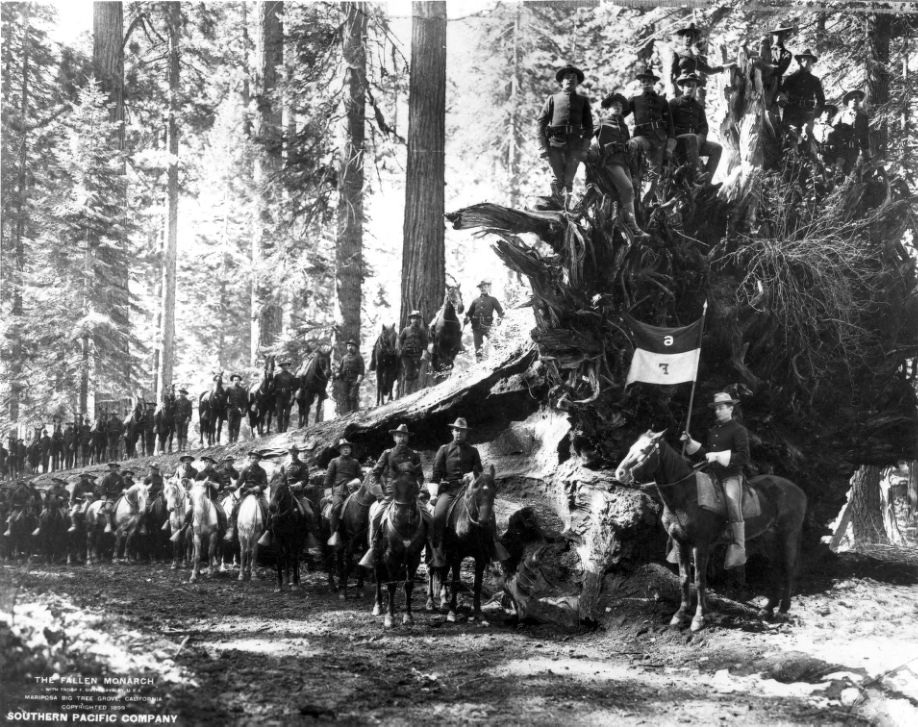
Within a few years, visitors began noticing improvements to Yosemite and its meadows. The press even began reporting favorably on the Army’s efforts. Formed to support the national park idea in 1892, the Sierra Club openly admired the work of the cavalry. Capt. Wood’s correspondence shows he became deeply attached to the place and his work during his three years as acting superintendent. Sadly, he died from cancer of the tongue on April 14, 1894 and is buried in San Francisco National Cemetery in the Presidio.
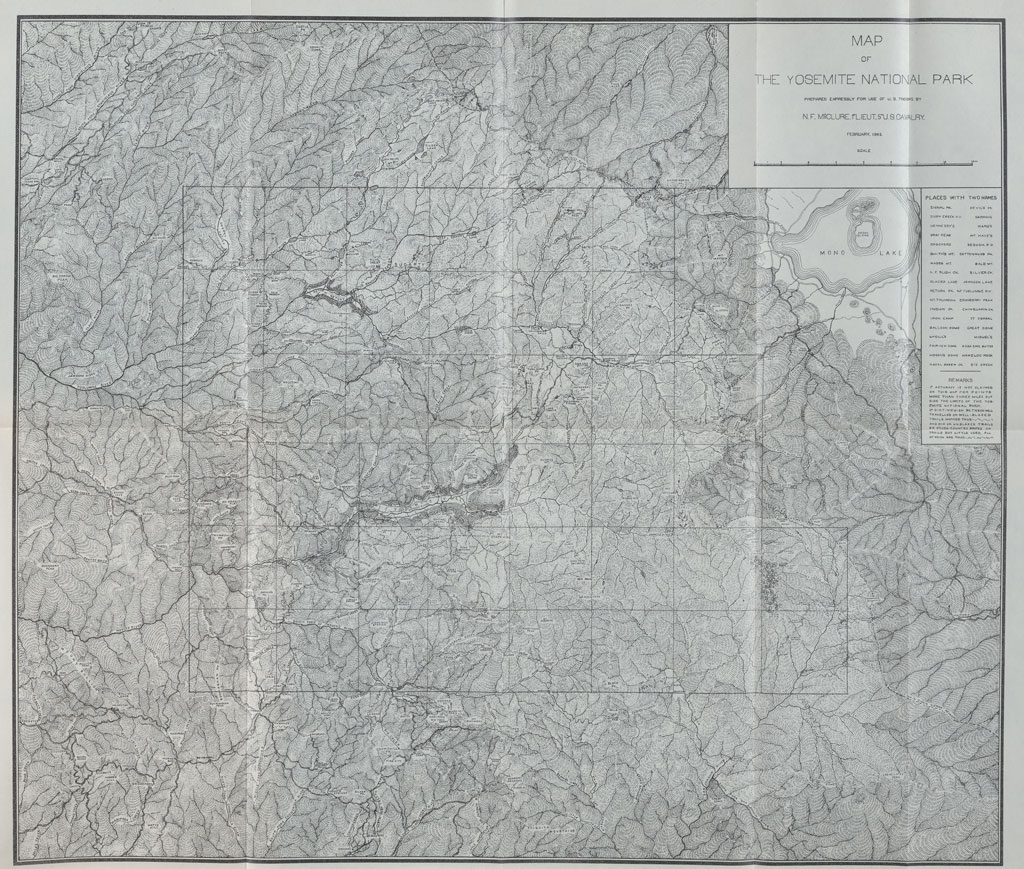
Other officers took up the work and progress continued through the first decade of Army management. Patrols and mapping continued. They developed trails to aid visitors not just patrols. In 1896, Lt. Col. S.B.M. Young – who later became the Army’s first chief of staff – added wildlife protection to their duties by ending hunting.
A number of officers, inspired by both their army and park experiences, became deeply committed to the conservation movement. S.B.M. Young was a civilian superintendent of Yellowstone National Park after he retired from the Army. Lt. Nathaniel F. McClure of the Fifth Cavalry Regiment, who oversaw the completion of the first map of the park in 1895, was one of the first of many officers to join the Sierra Club. He wrote several articles about the cavalry’s work, including “Explorations Among the Cañons North of the Tuolumne River” and “The Fourth Cavalry in the Yosemite National Park.” These described, often in lyrical terms, parts of the park little seen by the public up to that time. He later became the Sierra Club’s first foreign correspondent and one of its few honorary lifetime members.
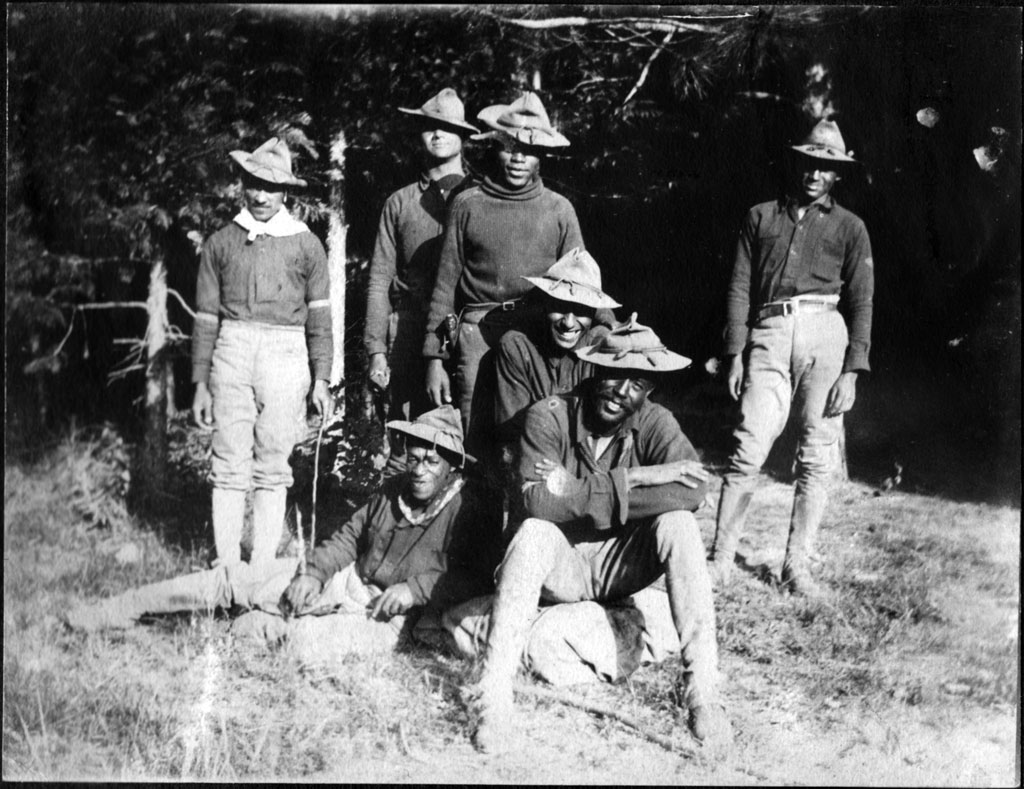
Army management was only briefly disrupted when the U.S. went to war with Spain in April 1898, and the Army intended not to send troops to the park at all. It was eventually persuaded by Interior to continue. In 1899, it briefly assigned a detachment of the 24th Infantry Regiment. This was not only the first time infantry protected the park, but also the first time Black soldiers – known to us today as Buffalo Soldiers – took on the duty (although they came from Alcatraz, not the Presidio). Troops of the Buffalo Soldier 9th Cavalry Regiment were assigned to the park in 1903 and 1904.
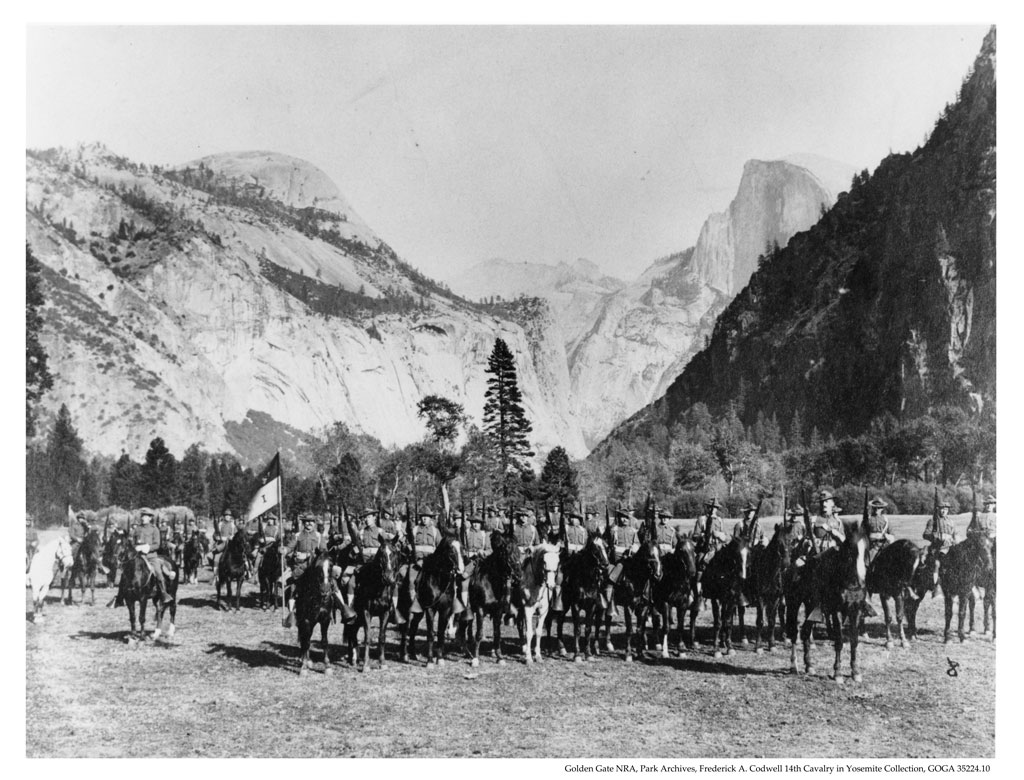
After 1900, the Army focused on continuing and refining the precedents established in its first decade of management. By this time, resistance to the national park idea had largely evaporated. Its greatest challenge came in 1906 when Major Harry C. Benson of the 14th Cavalry Regiment was confronted with the absorption of the state-run Yosemite Valley into the national park. Overseeing a complex effort involving legal challenges, concession management, and building new infrastructure, Benson’s success won him praise from the Sierra Club and other park supporters. Benson later wrote of his experiences: “I love Yosemite better than life.”
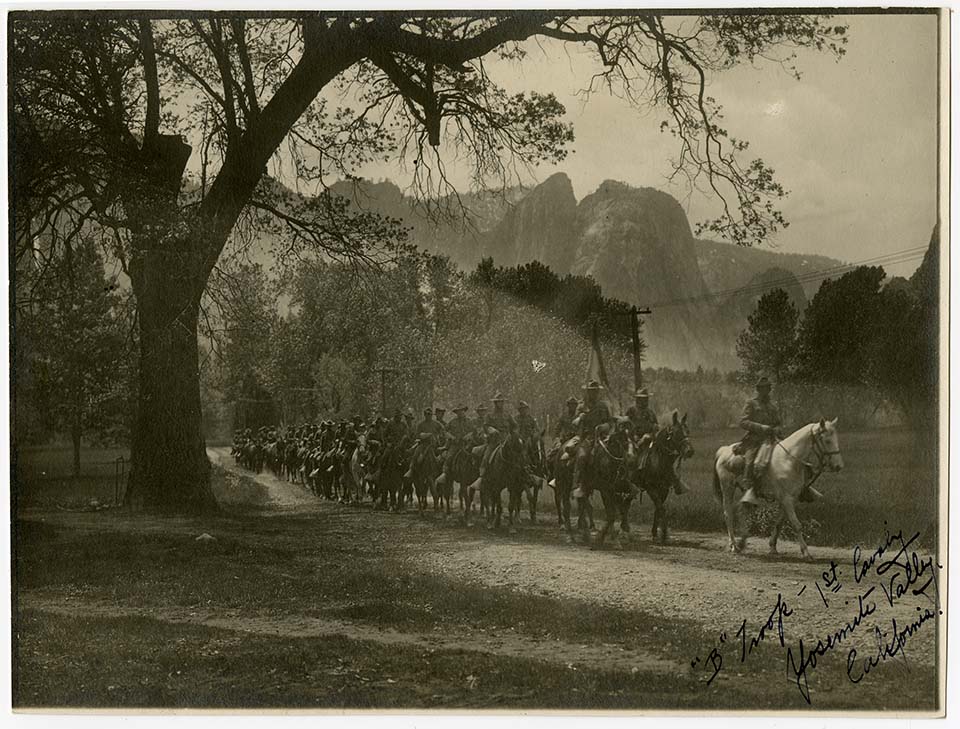
In 1914, the Army stopped patrolling the parks, and in 1916, the federal government finally established the National Park Service (NPS) to manage them. Without years of Army protection, there might not have been much for the NPS to manage. As the NPS took over, it looked to the Army’s precedents in policy and procedure, the infrastructure it built, and the values of environmental protection and national service that had guided these early stewards. That debt is acknowledged today in the Park Service’s army-style uniform and trademark cavalry-style hats. Yet it is a story that has largely faded from memory.
